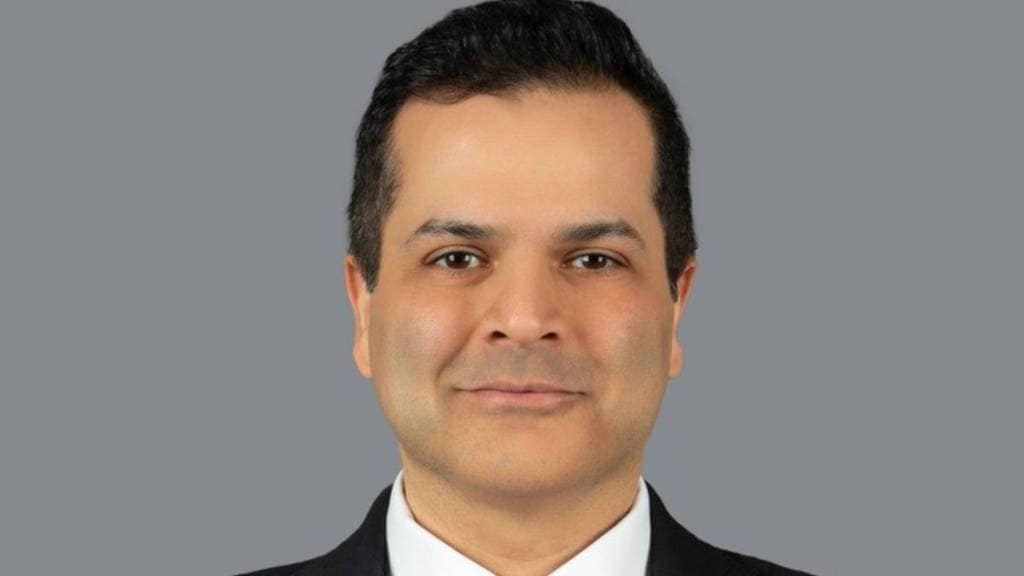Homegrown private equity firm ChrysCapital has closed its latest Fund X at a record $2.2 billion, marking a 60% jump over its $1.35-billion Fund IX in 2022. In an environment where global fundraising cycles have stretched and limited partners (LPs) have turned cautious, ChrysCapital wrapped up the fund’s final close within six months of its first close, Managing Director Saurabh Chatterjee tells Ayanti Bera in an interview. Excerpts:
You closed your last fund in 2022. How has the fundraising environment changed since then?
It has become difficult globally. Earlier, funds would close in 18 months, then it moved to 20 months and then 24 months. Now, I think the average time to close a fund is more than two years. The global environment is uncertain because of geopolitical reasons, and there’s nothing markets hate more than uncertainty because they can’t plan.
Despite that, you closed your fund in six months.
There are three reasons behind that. The first is team stability – three of our five partners have been with the firm for more than 20 years, and the average tenure across MDs is more than 15 years. The second is our track record. We’ve raised $10 billion, made over 100 investments, and fully exited six funds, something no other Indian team has come close to. Fund 7 has already returned 150% of capital. Thirdly, our investment strategy has not changed over the past 25 years. We’ve lived through multiple economic cycles, including the global financial crisis and COVID, and delivered returns across cycles.
What returns do investors expect from you?
We typically aim to give our LPs a 16-18% dollar net return. From the rupee perspective, that would be around 18-20%.
Has anything changed in what LPs expect, beyond returns?
Global investors are now really focused on ESG. We hired people dedicated to ESG, put out an annual ESG report, and became a UNPRI signatory.
You raised domestic capital for the first time. Why now?
We could have raised the entire fund this time around from global investors. But we have noticed large wealth creation in Indian family offices, while banks and insurance companies are becoming more open to investing in PE-VC funds. This is a good time to plant our flag on the domestic side of the market. We have raised only from banks, large family offices and institutions, and not retail, since minimum cheques are still substantial. Over time, I believe domestic capital will become a bigger part of PE fundraising in India. You may even see the first billion-dollar fund raised solely from Indian capital in the next five years.
Family offices are increasingly investing directly, instead of via funds. Does that impact you?
That trend is more in venture capital because cheque sizes are small. In PE, cheque sizes are larger. For instance, our cheque size is between $75 million and $200 million. The only way most family offices can access these large deals is through a PE fund.
How do you view valuations in late-stage startups?
To some extent, startup valuations are decided by the market. Our lens for new-age companies is the same as for pharma or manufacturing, i.e. we look for market leadership, strong unit economics, a clear path to profitability, IPO visibility in 3-4 years, and promoters focused on profitable growth. If we apply those filters, not many companies qualify, and that’s fine. We only invest 10–15% of a fund into such companies, and we are looking to do one-two very solid investments.
So, you are comfortable paying a high price if the company fits the criteria?
The core question in investing has always been: “When is a good company worth the high price?” Sometimes we paid higher because the company was exceptional, and those became some of our best outcomes. Cheap deals don’t necessarily become good investments.
What does your exit mix look like?
We’ve done about 85 exits and taken 14–15 companies public, which is more than any other PE firm in India. The exit strategy is based on market conditions and the size of the company. Now, 60–70% of public market capital comes from domestic investors. They are committed to India, and that makes IPOs a lot more predictable and safer option. We have four-five companies going public in the next six to nine months.


